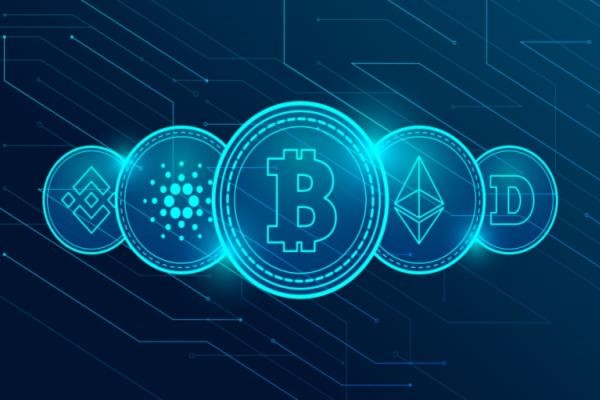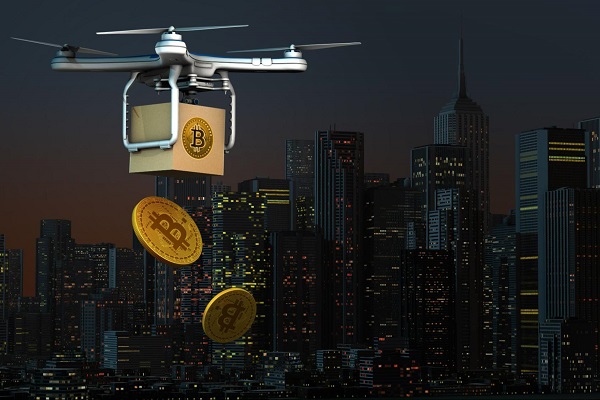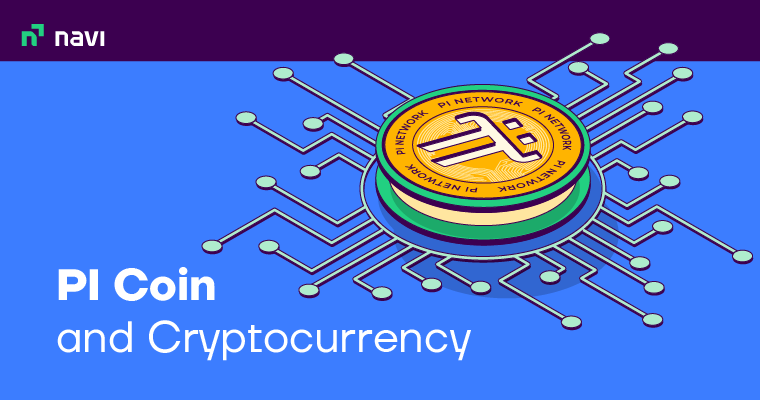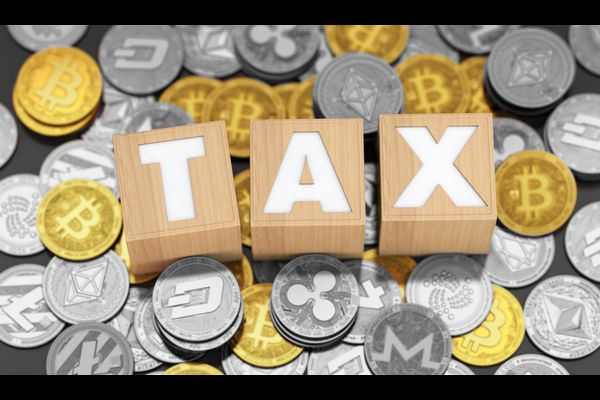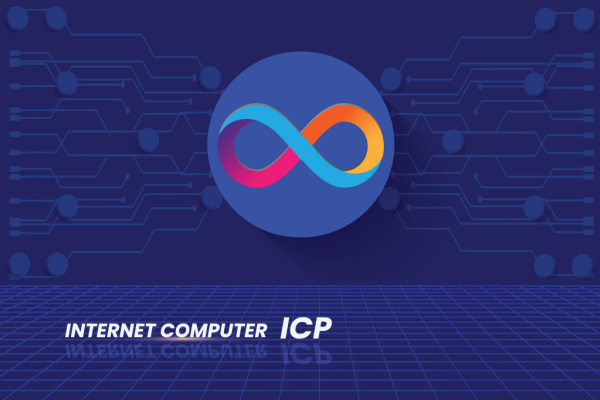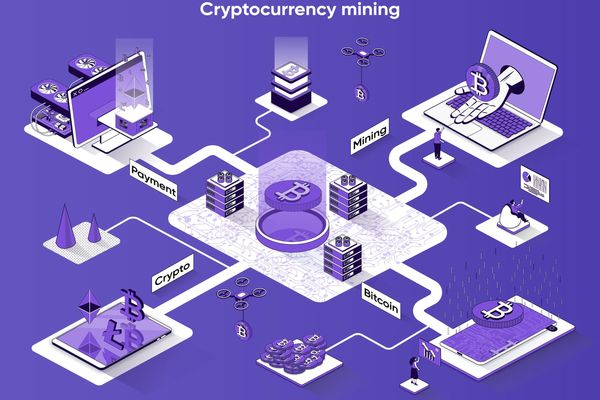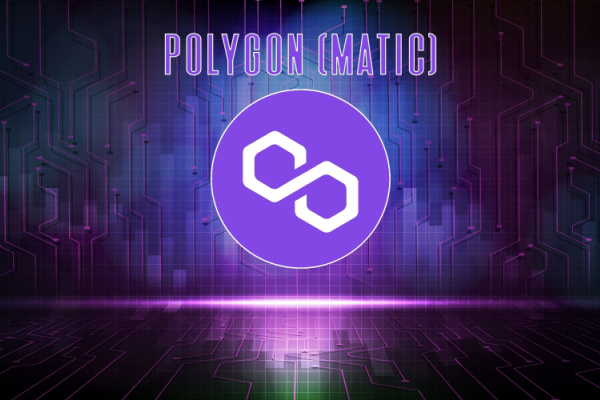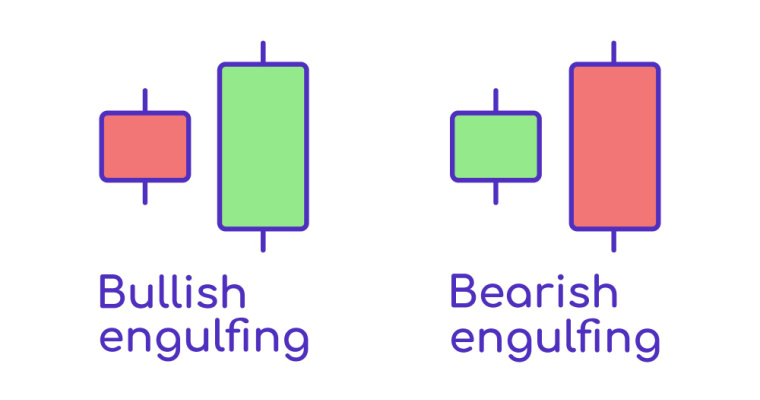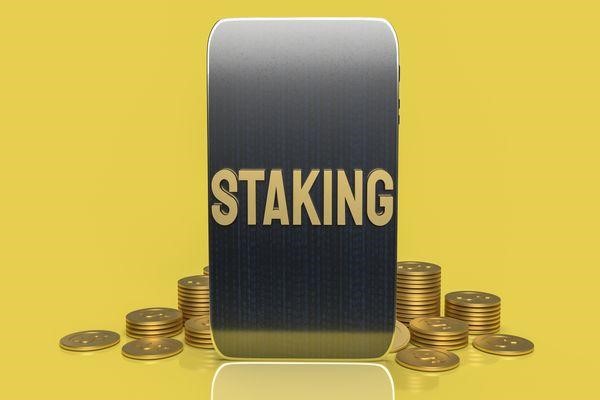Terra (Luna): A Beginner’s Guide To Terra Ecosystem

The Luna crypto is based on the Terra blockchain, which uses fiat-pegged stablecoins to support a global digital payment system. More importantly, Luna is a part of a unique dual token system alongside the TerraUSD – the former has been developed to reduce the risks associated with the latter.
LUNA token holders stake their coins as collateral on the Terra blockchain and earn rewards for every transaction they validate on the network. Moreover, the Terra blockchain has the capability to run its own decentralised apps.
Read on to know more about Terra and Luna cryptocurrencies and how they work together.
What Is Luna Crypto?
Luna crypto is a native cryptocurrency of the Terra blockchain. Each blockchain has a single native coin that forms its backbone, while it can have hundreds of crypto tokens on it. When the Luna coin was launched on various cryptocurrencies in 2019, it was hailed as one of the most successful decentralised finance (DeFi) currencies.
The main function of the Luna cryptocurrency is to act as collateral for Terra’s stablecoins, which will ensure a stable price level for Terra’s users and investors. To maintain this price level, investors are incentivised to keep trading these stablecoins as well as Luna to increase or decrease their supply. If anything goes wrong with Terra’s stablecoins, Luna would be used to absorb their volatility.
In addition, Luna holders can pledge their tokens to its network. By staking coins, one can receive a portion of transaction fees collected by Terra for using its stablecoins. There is little risk in staking Luna cryptocurrencies as investors can unstake cryptos within 21 days.
Most cryptocurrencies tend to be highly volatile, which limits their everyday use. Sister cryptocurrencies like Luna and Terra crypto aim to maintain a stable price so people can use them to transfer funds and buy goods and services.
What is Terra Blockchain?
Terra is the name of a decentralised payment blockchain project that was built on the Cosmos algorithm. The Terra blockchain was introduced in 2018 in South Korea by Terraform Labs. An entrepreneur and investor, Daniel Shin, along with Do Kwon, founded the Terra ecosystem after acquiring US$32 million in funds from Binance, OKEx and Huobi.
The main focus of the Terra blockchain is stablecoins – cryptocurrencies that are pegged to other assets like fiat currencies. Terra crypto or TerraUSD (UST), which is pegged to the US Dollar, is the most widely used stablecoin in the Terra ecosystem. Terra also offers stablecoins pegged to other currencies like the Euro (EUR), South Korean won (KRW) and the Mongolian tugrik (MNT).
The Terra network seeks to alleviate many of the problems faced by stablecoins. It leverages a native token, smart contracts and an Oracle system to offer various advantages over other cryptocurrencies. The following are some of the advantages offered by the Terra blockchain:
- Terra uses a price-stability algorithm to provide instant settlement for its users.
- Unlike its competition, Terra’s protocols work across different blockchains, which helps to reduce centralisation in the crypto market.
- The Terra blockchain allows programmers to build smart contracts in multiple programming languages.
- It charges a lower transaction fee than other payment networks and offers increased stability and hassle-free exchanges across borders.
Also Read: What Is Crypto Exchange And How To Choose The Best One
How Does Terra (LUNA) Work?
The Terra blockchain offers stablecoins, which are designed to combine the stability of fiat currencies with the decentralised nature of cryptocurrencies. These coins are pegged to a fiat currency in a 1:1 ratio to minimise the risks of price fluctuations.
Terra and Luna cryptocurrencies are two mutually dependent tokens that aim to achieve price stability against the US Dollar. One must ‘burn’ Luna to mine UST (TerraUSD) and can swap Luna to get UST. If UST’s value increases above USD 1, its demand will increase, leading to more people ‘burning’ Luna. In contrast, if the price of UST dropped below USD 1, more holders would swap it for Luna, which would eventually make UST more valuable.
Thus, the burning of Luna coins is essential to maintain the stability of TerraUSD.
Why Is the Price of the Luna Cryptocurrency Falling?
After a bullish run in 2021, Luna managed to resist the pressures of a market-wide downturn in early 2022. However, in early May 2022, both the UST stablecoin and the governance token Luna came under considerable selling pressure.
Luna’s price crash was further aggravated by a wider bearish crypto market. Luna’s value subsequently went below USD40 levels and hit an all-time low in the third week of May 2022. The Luna token price was declining by over 50% per day. As a result of this crash, TerraUSD lost its USD1 peg.
This collapse happened due to the UST stablecoin losing its USD1 peg for a long period. The primary rule that made the Terra and Luna coins stable was UST’s fixed price at USD1. With the Luna coin price crash being one of the biggest crashes in crypto history, many investors lost their faith in Terra’s projects.
How could Luna Price be Recovered?
After the price of the Luna crypto fell to near zero, the CEO of Terraform Labs, Do Kwon, proposed a revival plan to bring back the cryptocurrency on its earlier track. The first proposal by the CEO to burn UST was rejected as he had planned to burn more UST than possible.
The second proposal to recover Luna involved creating an entirely new blockchain while leaving behind its failed stablecoin. The new blockchain and its native cryptocurrency would retain their old name. Terraform Labs rebranded its project to Terra Classic while renaming ‘LUNA’ to ‘LUNC’ and ‘UST’ to ‘USTC’.
Many decentralised apps offered their support for this plan, including BTC Secure and Nebula Protocol. Whether this plan would result in recovery is something that would become clear in upcoming months.
Also Read: What Is The Future Of Cryptocurrency? Is It Dim, Bright Or Just Another Puzzle?
Final Word
The Luna crypto created an innovative way to stabilise price fluctuations – using a dual-coin system. However, its recent price slump has created an environment of doubt for crypto creators. It is advisable for individuals to exercise caution and do sufficient research before investing in cryptocurrencies.
FAQs on Luna Crypto
Ans: Terra is the blockchain that houses various stablecoins, like the TerraUSD and Luna. On the other hand, Luna is a cryptocurrency of the Terra blockchain that pegs the value of UST at USD1.
Ans: Currently, the Luna crypto has been delisted on most crypto exchanges. However, you can still buy it on a few exchanges like the FTX.
Ans: In March 2021, Terra launched its anchor protocol to allow its stablecoin holders to earn rewards. Holders could earn interest of around 20% from deposits of their Terra-based stablecoins.
Ans: Yes, the anchor protocol allowed short-term loans for borrowers if they put down liquid-staked PoS assets derived from major blockchains as collateral.
Ans: Terra and Luna cryptocurrencies use a delegated PoS (Proof of Stake) consensus mechanism where validators have to approve transactions and add new blocks to the blockchain.
Before you go…
- Looking for instant 🚀 personal loans 24*7 anywhere, anytime? Get personal loans up to ₹20 lakh starting at 9.9% p.a. Install the Navi app now!
- Or, maybe you’re looking to buy that house you’ve been eyeing 🏠 and you need a loan of up to ₹5 crore. Install the Navi app now and get instant in-principle approval right away! Interest rates starting at 8.60% p.a.
- How about an affordable health insurance policy 👨⚕️ starting at a monthly premium of just ₹235? Install the Navi app now and get your policy in under 2 minutes.
- Instead, want to put your savings into action and kick-start your investment journey 💸 But don’t have time to do research. Invest now with Navi Nifty 50 Index Fund, sit back, and earn from the top 50 companies.
Disclaimer: Crypto products and NFTs are unregulated and can be highly risky. There may be no regulatory recourse for any loss from such transactions.
Mutual Fund investments are subject to market risks, read all scheme-related documents carefully.
This article has been prepared on the basis of internal data, publicly available information and other sources believed to be reliable. The information contained in this article is for general purposes only and not a complete disclosure of every material fact. It should not be construed as investment advice to any party. The article does not warrant the completeness or accuracy of the information, and disclaims all liabilities, losses and damages arising out of the use of this information. Readers shall be fully liable/responsible for any decision taken on the basis of this article.
More Articles on Cryptocurrency

Customer’s Feedback
No comments found.Top 10 Cryptocurrencies to Invest In 2023 – Best Cryptocurrencies In India
Cryptocurrency is a digital currency which can be used to purchase goods and services without the u... Read More »8 Top Crypto Exchanges in India – Best Crypto Exchanges 2023
Crypto assets are attracting more and more traders to explore the possibilities of their rising mar... Read More »What is Crypto Airdrop – Its Types, Taxation, Benefits and How Does it Work?
Crypto Airdrop is among one of the key strategies that have grown extremely popular since 2017 in t... Read More »What is Pi Cryptocurrency: Network, Value, Price and Future
The Pi Coin cryptocurrency has made the mining of digital currencies accessible for crypto enthusia... Read More »What Is Tax On Crypto In India And How It Is Calculated
Cryptocurrencies are decentralised digital currencies or assets based on blockchain technology, whi... Read More »What Is Internet Computer Protocol (ICP) – Its Price, Investment Benefits And Uses
The ICP crypto is the native token of the ICP Blockchain network, which is used to reward the users... Read More »What Is A Crypto Mining Rig – Its Setup, Types and How To Build One
A Crypto mining rig is a customised personal computer. It features all the essential elements of a ... Read More »Polygon(MATIC): How Does It Work, Benefits and Price Prediction
Polygon (MATIC) is a scaling solution for Ethereum, and MATIC is the name of the token that powers ... Read More »What is GALA Crypto: Review, Benefits and How to Buy GALA Coins?
GALA is an Ethereum-based cryptocurrency that powers Gala Games, a play-to-earn gaming platform. Th... Read More »What is Bullish Engulfing Pattern – its Importance in Trading
Trading in stocks is challenging. That’s why traders use several technical analysis tools, like c... Read More »What is 1inch Crypto – How Does it Work and How to Buy it?
The 1inch protocol is a decentralised exchange (dex) aggregator. Dex is a peer-to-peer (buyers and ... Read More »What is Staking Crypto and How does It Work?
Staking crypto means pledging your cryptocurrencies to the blockchain network to confirm trans... Read More »Top 10 Chit Fund Schemes in India in 2023
Chit funds are one of the most popular return-generating saving schemes in India. It is a financial... Read More »10 Best Gold ETFs in India to Invest in April 2023
Gold ETFs or Gold Exchange Traded Funds are passively managed funds that track the price of physica... Read More »10 Best Demat Accounts in India for Beginners in 2023
Creation of Demat accounts revolutionised the way trades were conducted at the stock exchanges. It... Read More »20 Best Index Funds to Invest in India in April 2023
What is an Index Fund? An index fund is a type of mutual fund or exchange-traded fund (ETF) that... Read More »Best Arbitrage Mutual Funds to Invest in India in April 2023
Arbitrage funds are hybrid mutual fund schemes that aim to make low-risk profits by buying and sell... Read More »10 Best SIP Plans in India to Invest in April 2023
What is SIP? SIP or Systematic Investment Plan is a method of investing a fixed amount in ... Read More »10 Best Corporate Bond Funds in India to Invest in April 2023
Corporate bond funds are debt funds that invest at least 80% of the investment corpus in companies ... Read More »10 Best Bank for Savings Account in India [Highest Interest Rate 2023]
Savings account is a type of financial instrument offered by several banks. It lets you safely depo... Read More »










